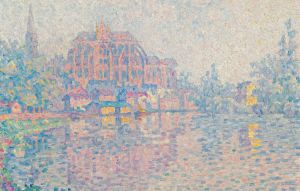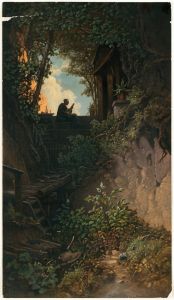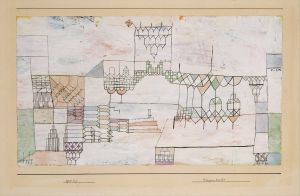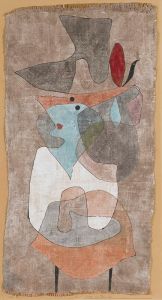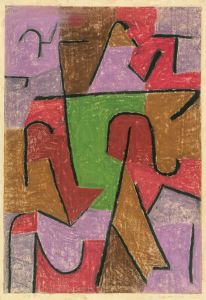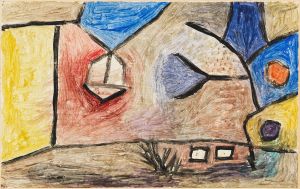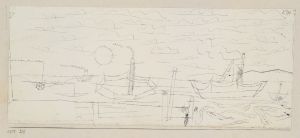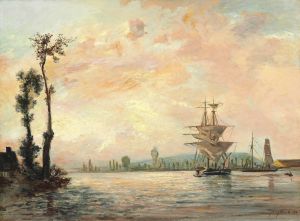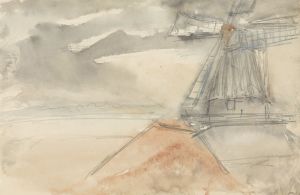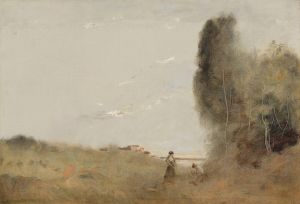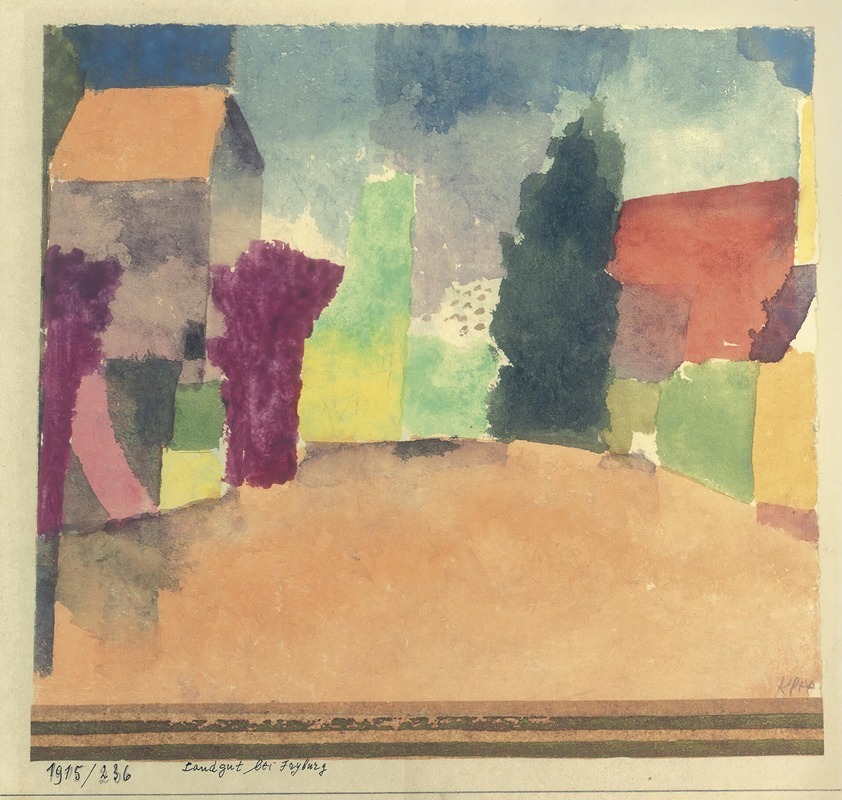
Landgut Bei Fryburg
A hand-painted replica of Paul Klee’s masterpiece Landgut Bei Fryburg, meticulously crafted by professional artists to capture the true essence of the original. Each piece is created with museum-quality canvas and rare mineral pigments, carefully painted by experienced artists with delicate brushstrokes and rich, layered colors to perfectly recreate the texture of the original artwork. Unlike machine-printed reproductions, this hand-painted version brings the painting to life, infused with the artist’s emotions and skill in every stroke. Whether for personal collection or home decoration, it instantly elevates the artistic atmosphere of any space.
Paul Klee's Landgut Bei Fryburg (translated as "Estate Near Fryburg") is a painting created in 1921 by the Swiss-born German artist Paul Klee, one of the most influential figures of modern art. Known for his distinctive style that blends abstraction, symbolism, and expressionism, Klee's works often explore themes of nature, architecture, and the interplay of color and form. This particular painting reflects his interest in landscapes and his innovative approach to composition.
Landgut Bei Fryburg was produced during Klee's tenure as a teacher at the Bauhaus, the renowned German art school that emphasized the integration of fine art, craft, and design. During this period, Klee developed a systematic approach to art-making, experimenting with geometric forms, grids, and color theory. The painting depicts a rural estate near Freiburg (spelled "Fryburg" in the title, reflecting an older or alternative spelling), showcasing Klee's characteristic use of simplified shapes and a harmonious color palette.
The composition of the painting is structured yet whimsical, with the estate and surrounding landscape rendered in a stylized, almost abstract manner. Klee's use of earthy tones and muted colors evokes a sense of calm and balance, while his playful arrangement of forms suggests a deeper exploration of the relationship between nature and human habitation. The work exemplifies Klee's ability to distill complex scenes into their essential elements, creating a visual language that is both accessible and thought-provoking.
As with many of Klee's works, Landgut Bei Fryburg reflects his deep engagement with the natural world and his fascination with the underlying structures of reality. The painting is part of Klee's broader body of work that often blurs the boundaries between representation and abstraction, inviting viewers to interpret the scene through their own perspectives.
The painting is housed in a public or private collection, but specific details about its current location or ownership are not widely documented. Like much of Klee's oeuvre, Landgut Bei Fryburg continues to be studied and appreciated for its innovative approach to form and color, as well as its contribution to the development of modern art in the early 20th century.





